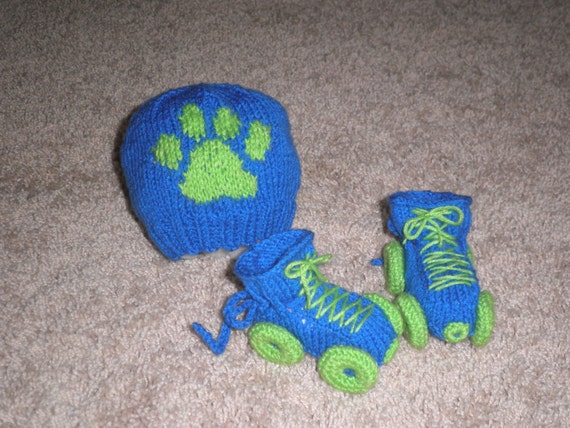Amigurumi is the art of making crochet plush. However, not all these plush need to be made of many parts, involve complicated instructions, or even take a long time!
Brigitte Read's Owlettes are one such pattern. They are stated to only take and hour and a small amount of scrap yarn (plus some stuffing and eyes). And they are darned cute to boot.
 |
| (c) romansock |
I have not made one of these little guys yet, but I do plan to soon. One thing I will note, having looked over the pattern, the designer does assume you have a basic understanding of crochet. This is a very simple project, an would not be bad for beginners, but you will need to look up a few other things.
To give you a hand, I decided to summarize here. Click on each term for a link to illustrated instructions.
DEFINITIONS
Slip Knot: Basically an adjustable loop made to slip over your crochet hook
Chain: Wrap the yarn around your hook (yo), and pull this through the loop on your hook
Single Crochet (sc): The most basic of crochet stitches, made but pushing your hook through a space/stitch on the previous row, doing a yo and pulling it through the space you put your hook into (giving you 2 loops on the hook), then doing another yo and pulling the yarn through the 2 loops on your hook
Increase (inc): This is done by working 2 sc into the same space/stitch on the previous row/round
Decrease (dec): This is done by working 1 sc until the final [yo, pull through 2 loops]. At this point you will begin the next sc, stopping at the same point. Now you will yo and pull the yarn through all 3 loops on the hook. One decrease stitch is worked into two stitches of the previous row/round.
TECHNIQUES
Working in a circle: For this pattern, we are working in a spiral, which means you just keep going (no joining, chaining, or turning). Essentially, each round you are increasing by the number of stitches you originally started with. In this pattern you start with 6 sc, so each round you will increase by 6. The way to do this evenly is be evenly spacing the increase, for example:
Round 1: 6 sc..................................................6 stitches
Round 2: (inc) 6 times....................................12 stitches
Round 3: (1 sc, inc in next stitch) 6 times........18 stitches
Round 4: (2 sc, inc in next stitch) 6 times........24 stitches
etc.
When it comes time to decrease for the top, you will work in the same way but in reverse until you end by decreasing 6 times.
Making the body as tall as it is wide: You can do this by measuring, of course. Another option is keeping track of how many rounds you worked making the bottom, then multiplying that by 2. So for example, if you started with your 6 sc and increased for 4 rounds, that's a total of 5 rounds. Multiply that by 2 to get 10; this is how many rounds you want to work until you start to decrease.
Decrease by skipping the ch 1: The owl's body is worked in rounds instead of rows. Usually rounds are worked as spiral to make the crochet look seamless, however flat crochet is worked in rows. At the end of a row you must turn your work and go back the other direction, but when you do this you also ch 1 in order to bring the yarn above the previous row so that you can start a new one. When you do this, you would decrease as described above. However, if you skip the ch 1 when working flat you are forced to skip the first stitch after you turn your work
NOTES
The directions say to begin by chaining 2, then crocheting 6 into the 2nd chain. An alternate option, one which I prefer, is crocheting 6 sc into a magic circle. I like this technique because it eliminates holes, which can sometimes occur when working a large amount of stitches into one chain to create a ring.
Magic Circle: a technique where you create a ring with your yarn tail, and work your stitches into it. This allows you to pull the yarn tail to cinch up the center of your circle.





